Mold on Cannabis Buds, Plants and What It Can Mean for Consumers
For starters, what is moldy weed?
Moldy weed refers to cannabis that has been contaminated by fungi such as Botrytis (bud rot) or Powdery Mildew. It may appear fuzzy, smell musty, and feel slimy or overly dry.
Mold is one of the most persistent threats in the cannabis supply chain. It affects more than just the visual quality of the flower. It can compromise the safety of the consumer, damage entire harvests, and cause failed lab results. Whether it forms on a live plant, develops during drying, or shows up in a sealed package, mold has serious implications for both growers and consumers.
In a 2024 study published in Cannabis Science and Technology, mold was found in 12% of packaged flower samples sold in humid regions.
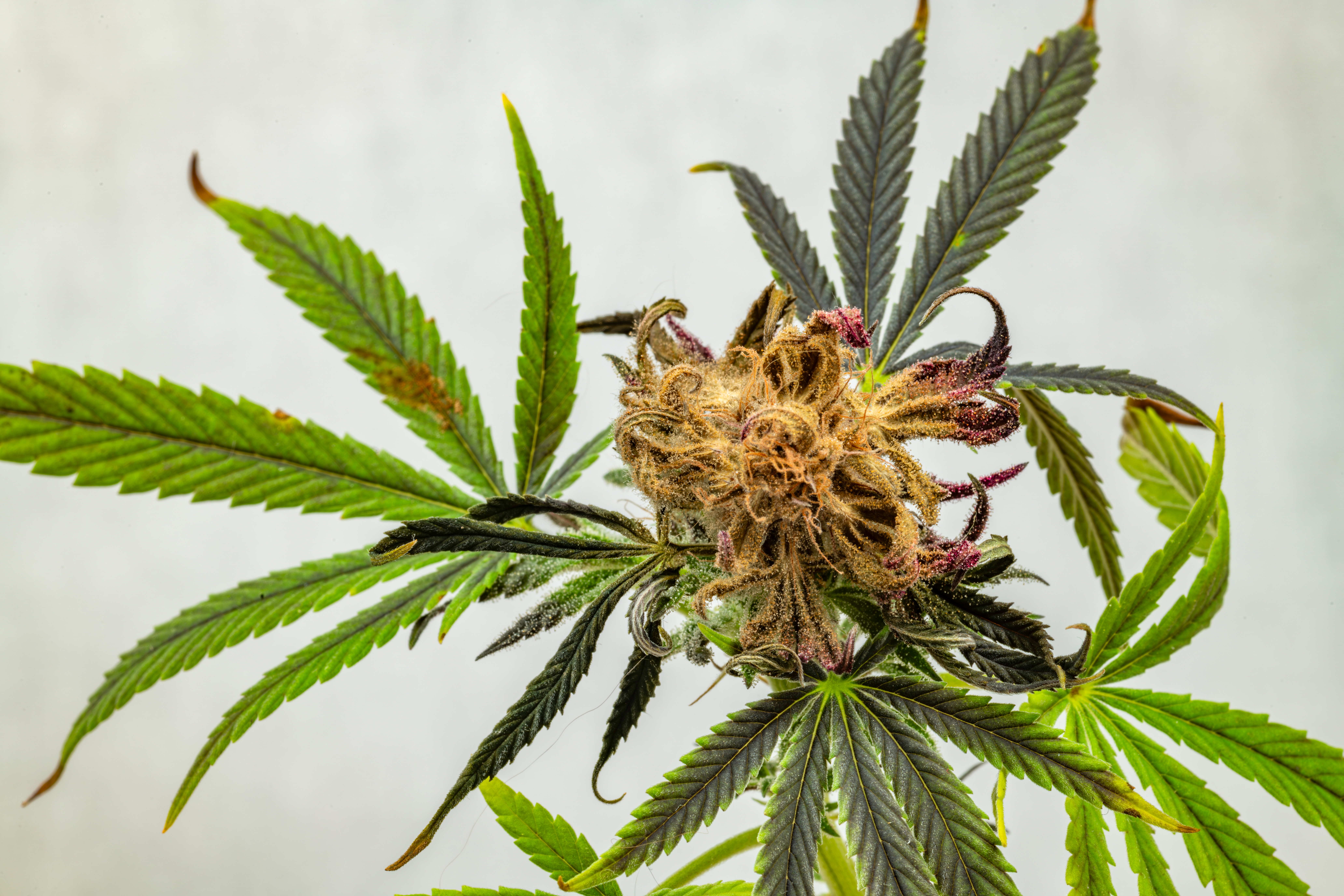
At Ziel, we provide cannabis operators with advanced postharvest mold remediation solutions using Radio Frequency (RF) technology, an efficient, non-chemical method trusted across the industry. But stopping mold starts with understanding where it comes from, what it looks like, and how to deal with it at every stage.
This guide covers mold risks specific to buds, live plants, and end consumers—along with the proven solutions cultivators are using to stay compliant and protect their products.
1. What Does Moldy Cannabis Look and Smell Like?
Buds are highly susceptible to mold, especially during their late flowering stage, while drying, and when in storage. Dense, trichome-rich flowers can trap moisture, making them prime targets for fungi like Botrytis and Powdery Mildew. And since mold often hides deep inside the flower, by the time it’s visible, it’s usually too late to stop.
How do I know if my weed is moldy?
- Gray or white fuzz in the center of the flower (Botrytis/Bud Rot):
This internal mold rots the bud from the inside out, often undetected until the nug is broken open. - Powdery residue on the outer surface (Powdery Mildew):
This looks like a pale, chalky layer on buds or leaves. It may resemble kief or trichomes but lacks sparkle or structure. - Musty or sour smell that overpowers the plant’s natural aroma:
Mold-contaminated buds often emit a damp, ammonia-like odor that overrides any natural terpene profile. - Dark or slimy patches around the stem or calyx:
These are signs of active rot, often accompanied by discolored or softened plant tissue. - Cloud of fine dust when the bud is broken open (mold spores):
A visible puff of spores may appear during breakage, especially in over-cured or poorly stored flower.
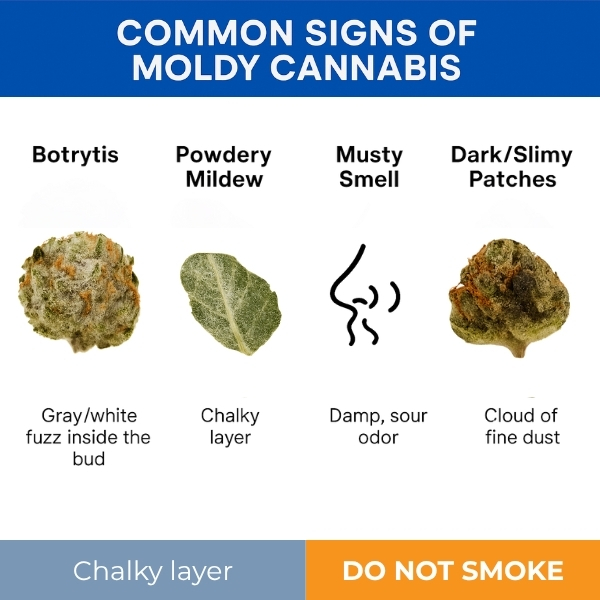
What Makes Buds Vulnerable?
- Trapped moisture from wet trimming:
Wet trimming can leave excess moisture on the flower and promote mold during the drying stage. - Overly tight curing jars:
Insufficient airflow and no burping can lead to humidity spikes inside sealed containers. - High humidity during storage:
Moisture levels above 63% relative humidity (RH) allow dormant spores to activate, even post-packaging. - Dense flower structure that restricts airflow:
Tight, resin-heavy buds retain internal moisture and need more aggressive airflow during drying.
| Feature | Healthy Bud | Moldy Bud |
|---|---|---|
| Appearance | Sparkly trichomes, green hues | Dull fuzz, gray/white areas |
| Smell | Piney, citrus, earthy | Musty, sour, ammonia-like |
| Texture | Sticky, springy | Slimy or overly dry/crumbling |
2. Where Does Mold Grow on Cannabis Plants?
Mold growth doesn’t wait until harvest—it often begins during cultivation. Mold spores are ever-present in the environment. In the grow room or greenhouse, if conditions are favorable for mold—typically high humidity and poor air circulation—they can quickly take hold on leaves, stems, and buds.
High-Risk Grow Conditions
- Humidity over 60% during flowering:
Particularly during weeks 6-10 of flowering, high RH encourages Botrytis outbreaks deep inside buds. - Poor airflow between branches and canopy layers:
Stagnant air creates humid microclimates where mold can thrive unnoticed. - Lack of pruning or defoliation:
Without leaf removal, it can be difficult for air to circulate, and moisture can become trapped between plant layers. - Water pooling at the base of plants:
Standing water increases spore mobility and introduces pathogens to the lower canopy. - Contaminated surfaces or tools:
Unclean scissors, gloves, bins, trays, or other tools and equipment can transfer spores from one plant, or one room, to another.
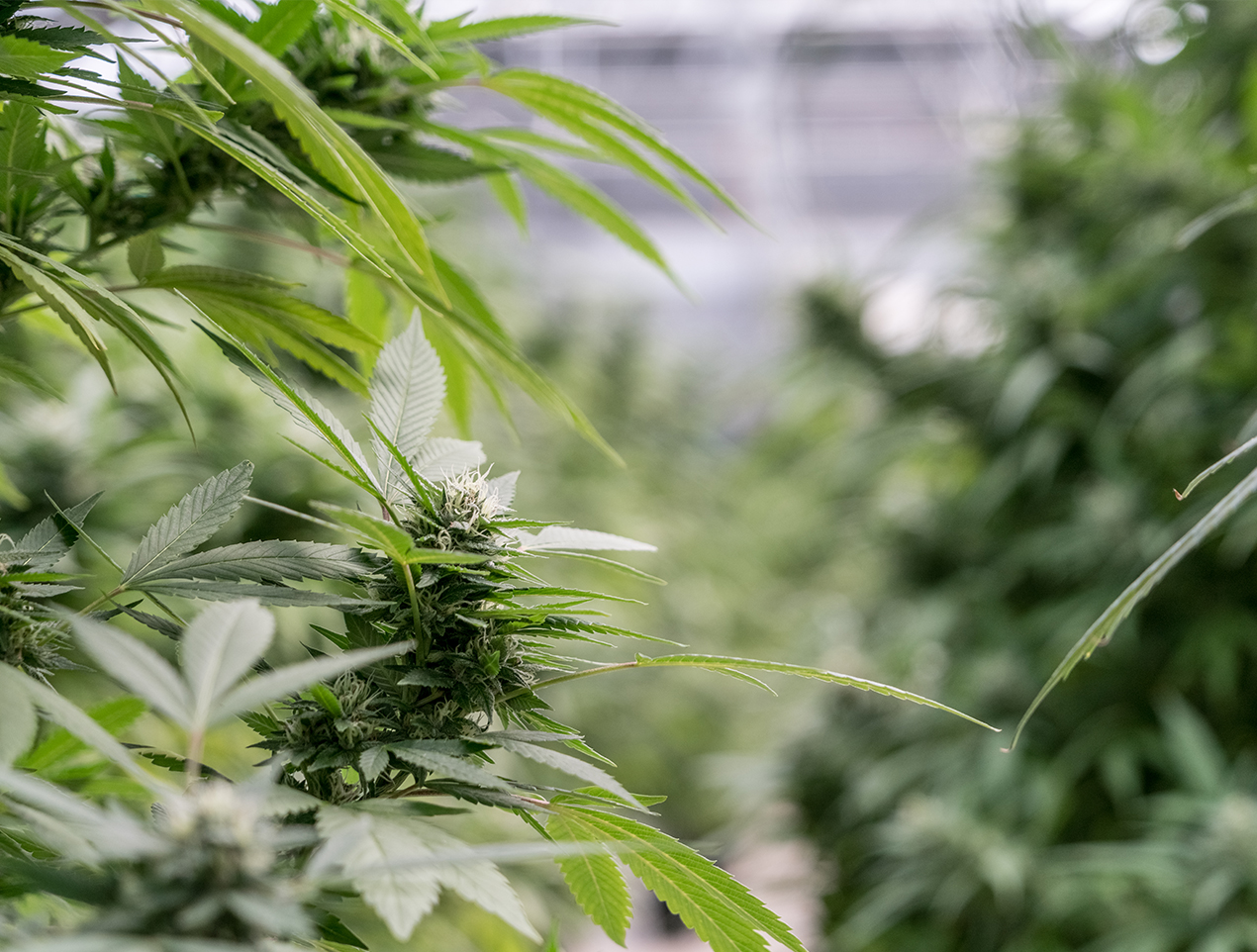
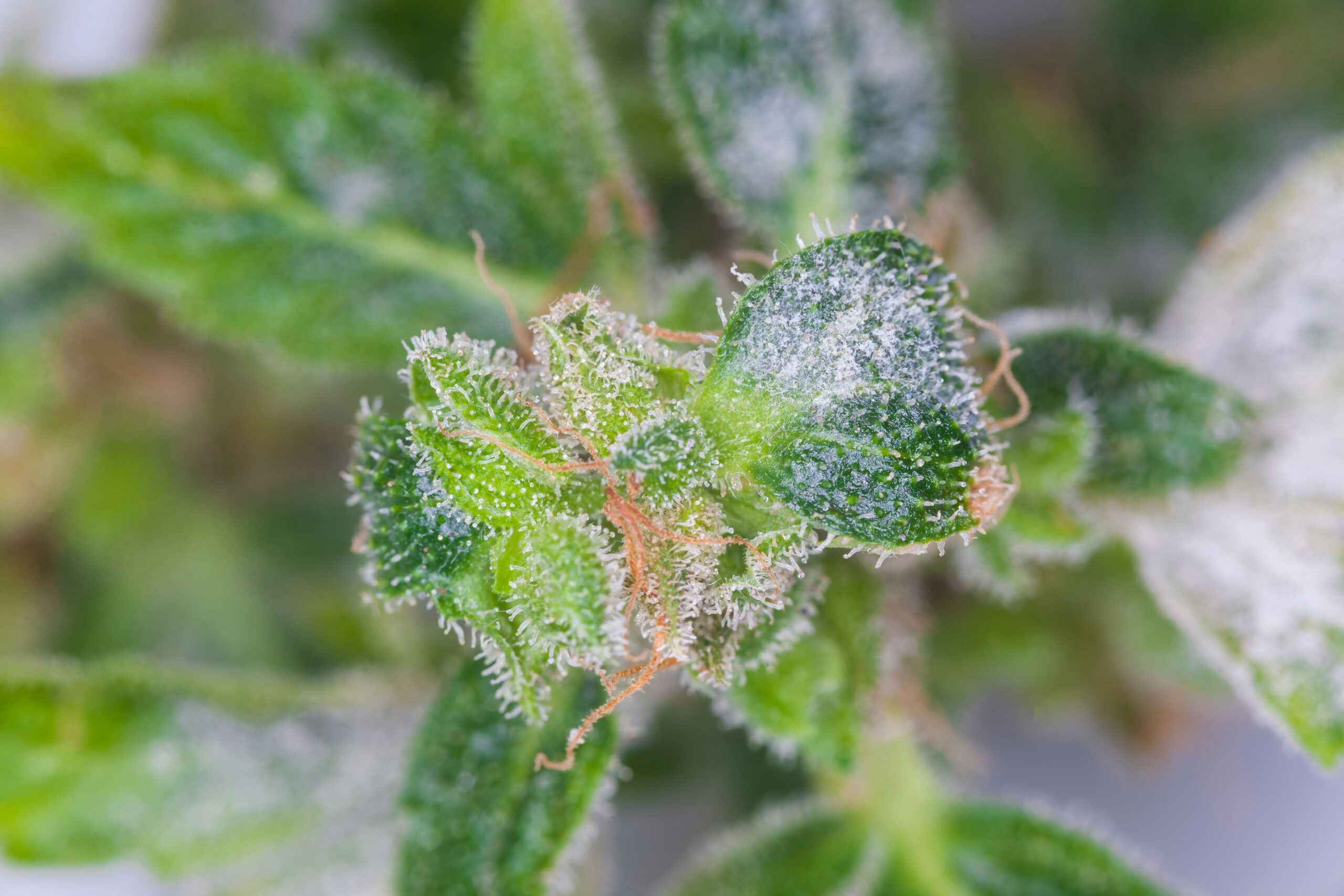
Where Mold Appears on the Plant
- Lower branches near the soil line:
This area is vulnerable to splashback from watering and can harbor spores from the substrate. - Inside dense colas, where moisture can’t escape:
Bud rot typically begins here, progressing outward toward the surface. - Backs of fan leaves (Powdery Mildew):
Appears as a white or yellowish powder and can easily spread across entire rooms via ventilation. - Stem nodes and branch joints:
Mold can hide in crevices and junctions where airflow is weakest and moisture can collect.
Preventing mold during cultivation requires constant monitoring of temperature, RH, and airflow. Still, even the most careful SOPs may not catch every outbreak, especially in large-scale grows. That’s why postharvest mold control is essential.
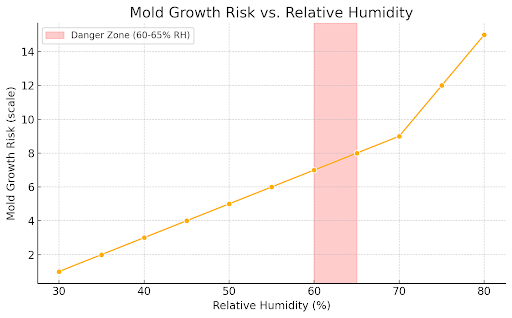
3. Can Consumers Get Sick From Moldy Cannabis?
Even cannabis that looks clean can develop mold after packaging, especially if stored in high humidity or fluctuating temperatures. If a contaminated bud reaches the consumer, the risk becomes a health issue.
How Consumers Can Spot Mold
- Look: Check for fuzzy white growth, gray dust, black or brown spots, or off-color blotches. Mold is dull, not sparkly.
- Smell: Musty, sour, urine-like, or damp scents usually signal fungal growth—not terpenes.
- Feel: Moldy buds may feel slimy, overly wet, or dry and crumbly with powder falling off.
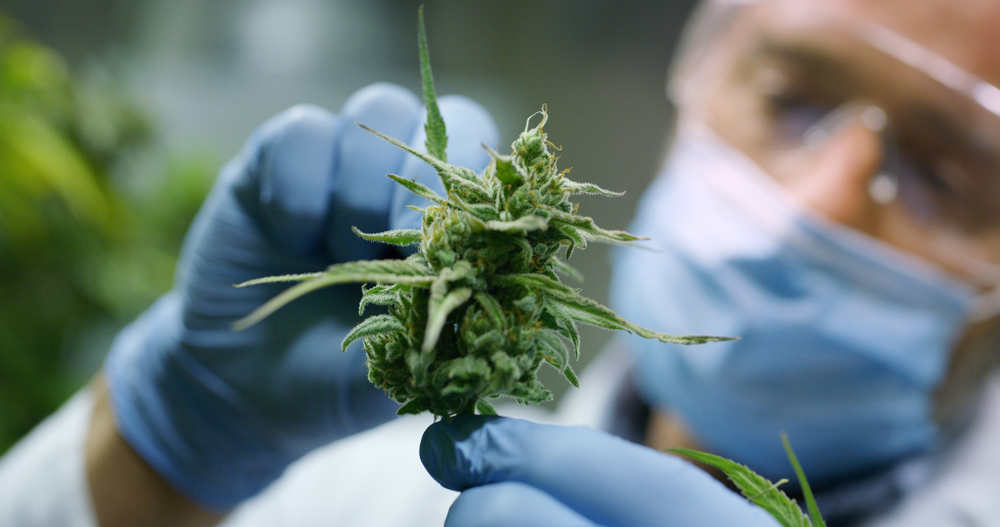
What happens if you smoke moldy cannabis?
- Coughing, wheezing, shortness of breath:
Irritation of the respiratory tract from spore inhalation. - Allergic reactions like rashes or sinus pain:
Sensitive individuals may experience immediate symptoms. - Fungal infections, especially from Aspergillus:
It can be dangerous for people with weakened immune systems, and can lead to a condition called aspergillosis. - Inhalation of mycotoxins, which can be harmful over time:
Some molds produce carcinogenic compounds that remain active after combustion.
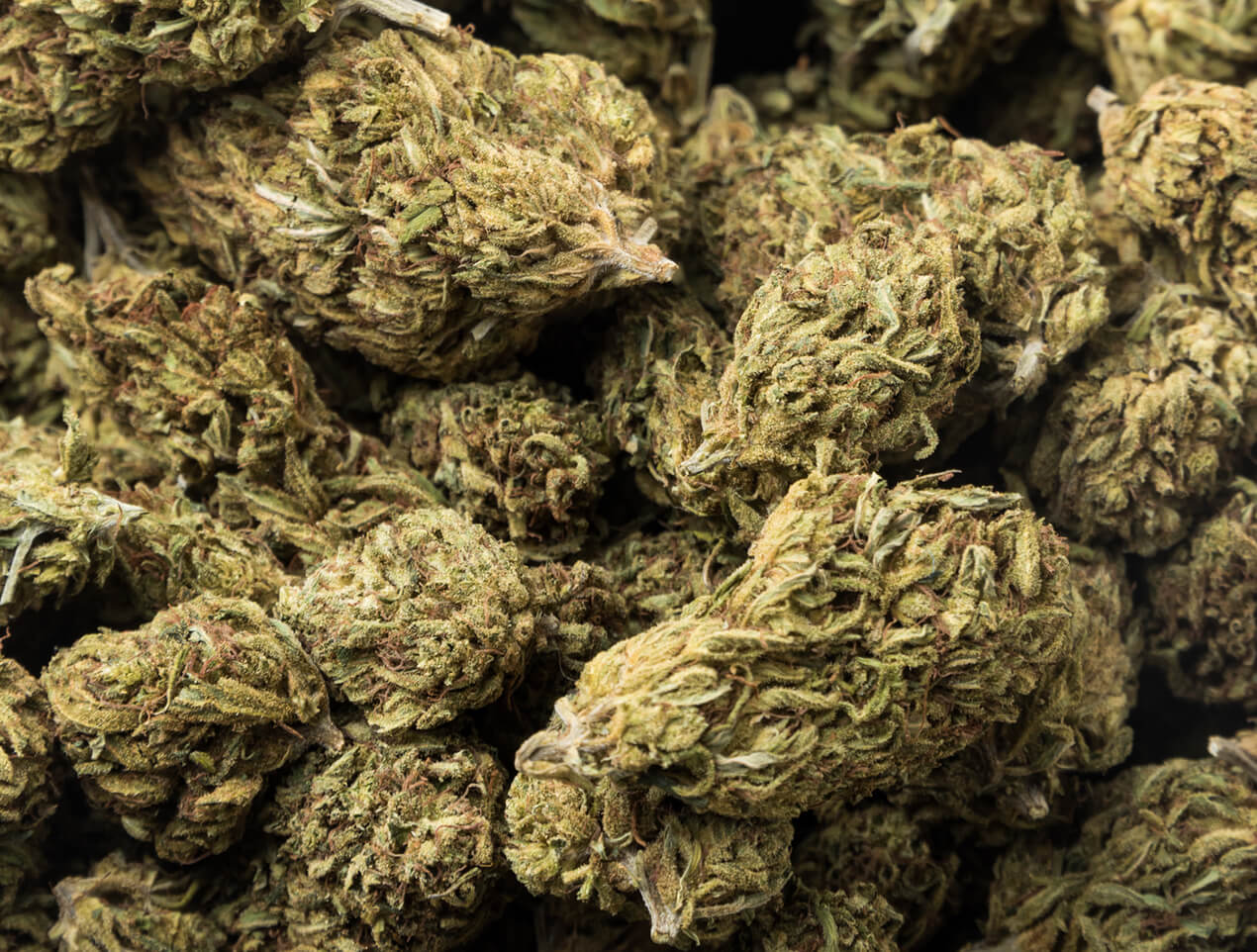
If you suspect your cannabis may be moldy, do not consume it—even if it came from a licensed dispensary. Mold can develop after testing if storage is poor. Always ask your retailer about how they store and rotate flowers.
4. How Does Ziel Remove Mold From Cannabis Buds?
Preventing mold during cultivation is only half the battle. Even well-grown, lab-tested cannabis can fail microbial limits later due to packaging, shipping, or storage conditions.
Ziel’s Radio Frequency (RF) remediation technology provides a powerful, scalable solution to reduce mold and yeast counts without damaging cannabinoids, terpenes, or moisture content.
Benefits of Ziel’s RF Technology
- Kills mold, yeast, and bacteria with heat-based precision:
RF waves target microbial DNA at depth without harming the flower’s sensory qualities. - Protects cannabinoid and terpene content:
Unlike irradiation or ozone, RF keeps your product chemically intact. - Scales easily for high-throughput operators:
Systems like the APEX 7 and RFX process pounds per minute, making them ideal for commercial operations. - Compliant with EU GMP and U.S. state regulations:
Trusted by cannabis producers seeking clean, export-ready flower with no chemical residue.
Ziel enables producers to protect their product, preserve potency, and maintain compliance, all while reducing the financial and reputational risks of mold contamination.
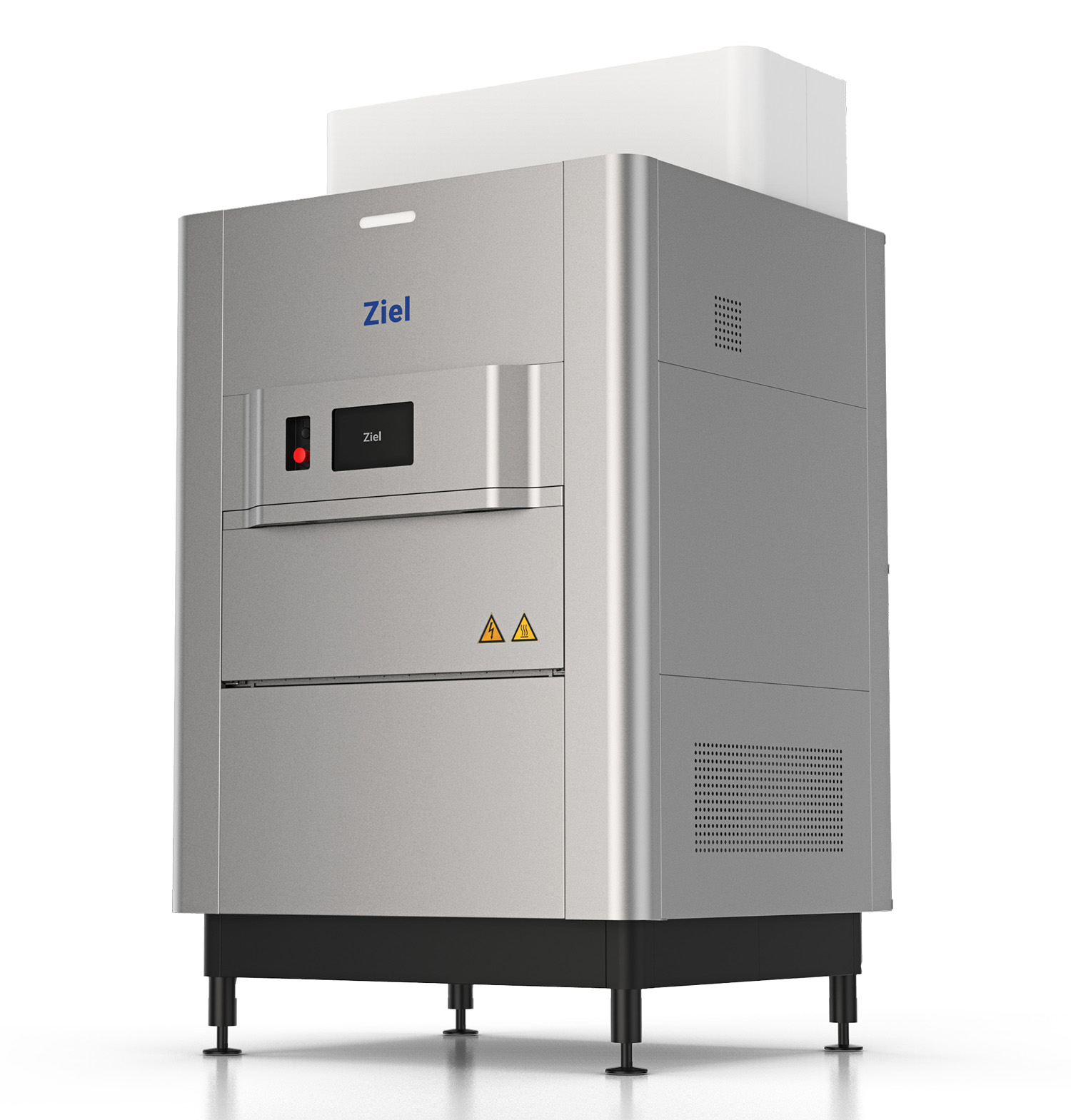
5. How Can Growers and Consumers Prevent Mold on Cannabis?
For Growers
- Maintain humidity below 60% in flower to prevent mold colonization.
- Prune aggressively to allow for airflow between buds and leaves.
- Sanitize scissors, trays, drying racks, and other equipment to avoid cross-contamination.
- Dry at 60°F/60% RH over 7-14 days to evenly remove internal moisture.
- Store dried buds in airtight containers with humidity control packs (59-63% RH).
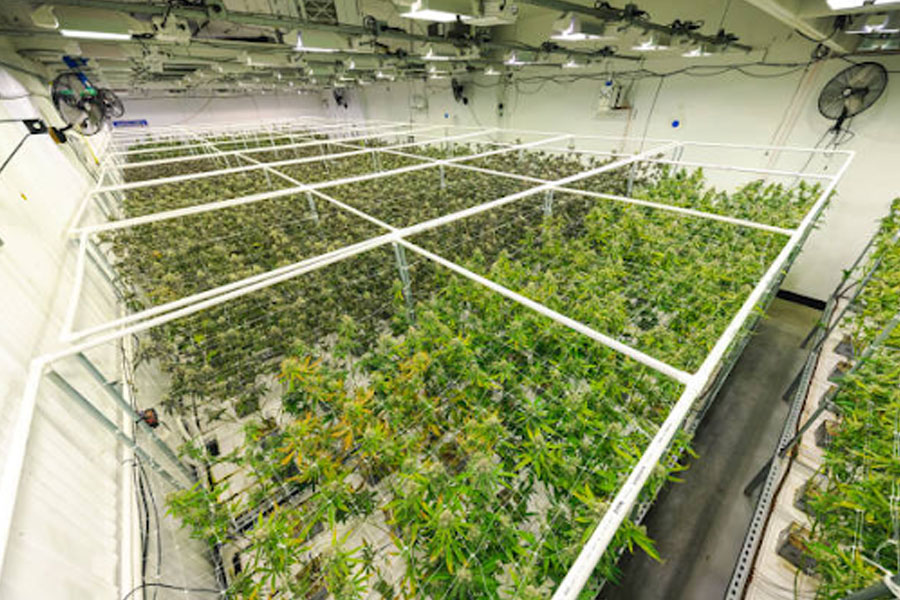
For Consumers
- Avoid buying cannabis with visible damage or off smells. Mold isn’t always obvious, but packaging with cloudy trichomes or a musty scent is a warning sign.
- Store flowers in a cool, dry place. Avoid bathrooms, windowsills, or the fridge.
- Don’t return smoked or open buds to the jar. This reintroduces moisture and bacteria.
- Use your eyes and nose before lighting up. Moldy weed isn’t just bad for your high—it’s bad for your health.
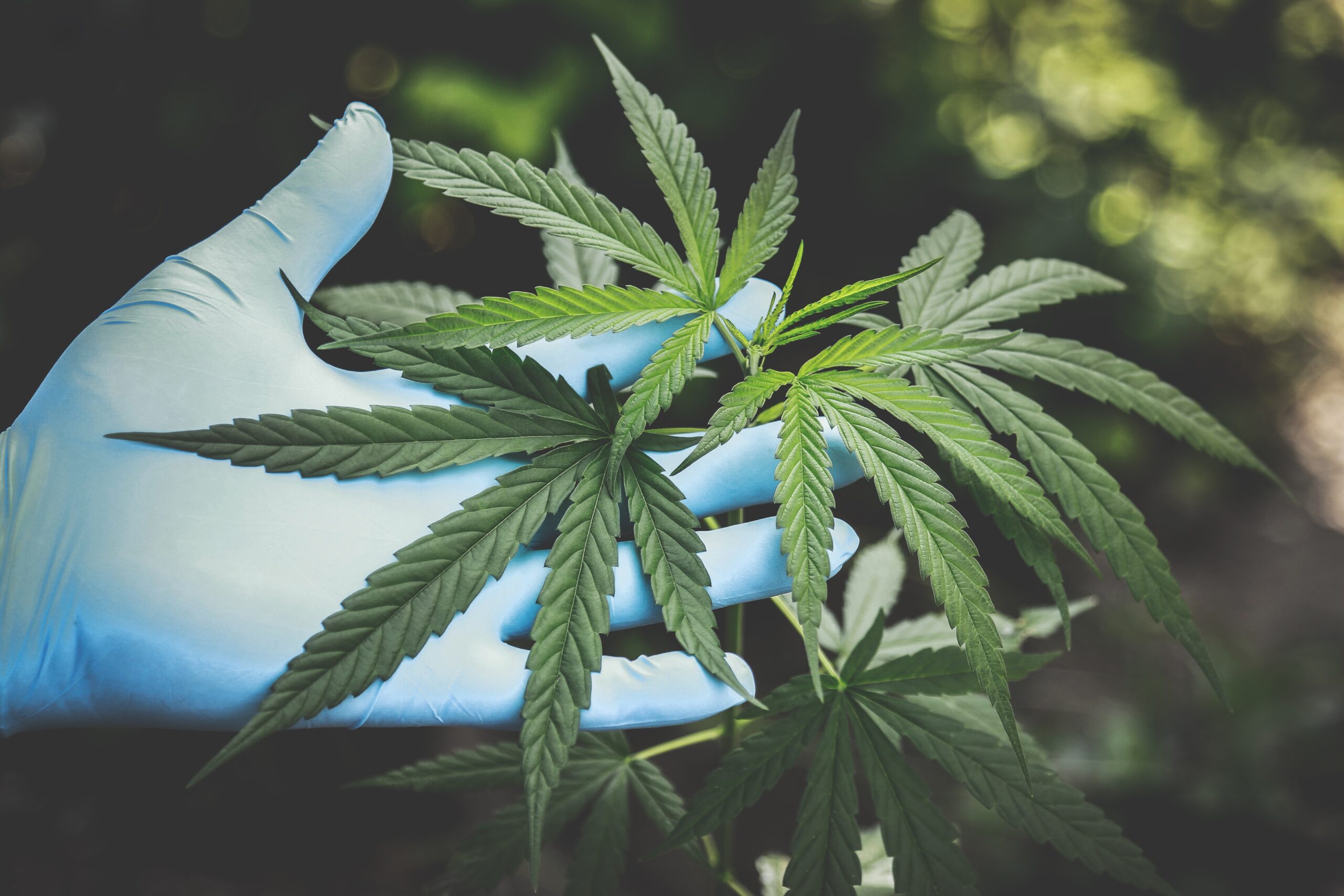
Final Word from Ziel
Mold is a challenge at every stage of the cannabis lifecycle, from the grow room to the grinder. According to a 2023 report from NCIA, microbial contamination is responsible for over 30% of failed cannabis lab tests in the U.S.
Ziel provides cannabis operators with a scientifically validated, scalable solution to reduce microbial risk without sacrificing quality. Our Radio Frequency remediation is trusted by cultivators, processors, and postharvest managers across the U.S. and internationally.
In Summary
Mold threatens cannabis at every stage—from cultivation to storage—and poses real health risks to consumers. Buds may look fine externally but still harbor dangerous fungi like Botrytis or Aspergillus. Ziel’s Radio Frequency (RF) technology offers a proven, non-chemical solution for postharvest remediation, helping producers stay compliant while maintaining potency and product quality.
What does moldy weed look like?
It can appear as gray or white fuzz, powdery residue, dark blotches, or slimy spots. It usually lacks sparkle and may feel unusually wet or dry.
Can moldy cannabis make you sick?
Yes. Moldy cannabis can cause coughing, allergic reactions, or fungal infections, especially in people with weakened immune systems.
What causes mold on cannabis buds?
Common triggers include trapped moisture from wet trimming, tight curing jars, high humidity, and poor airflow during drying.
How can I prevent mold in stored cannabis?
Store flowers in airtight containers with humidity packs (59-63% RH) and avoid exposure to heat, light, and moisture.
How does Ziel remove mold from cannabis?
Ziel uses Radio Frequency (RF) technology to penetrate buds and deactivate microbial contamination without chemicals or damage to terpenes and cannabinoids.